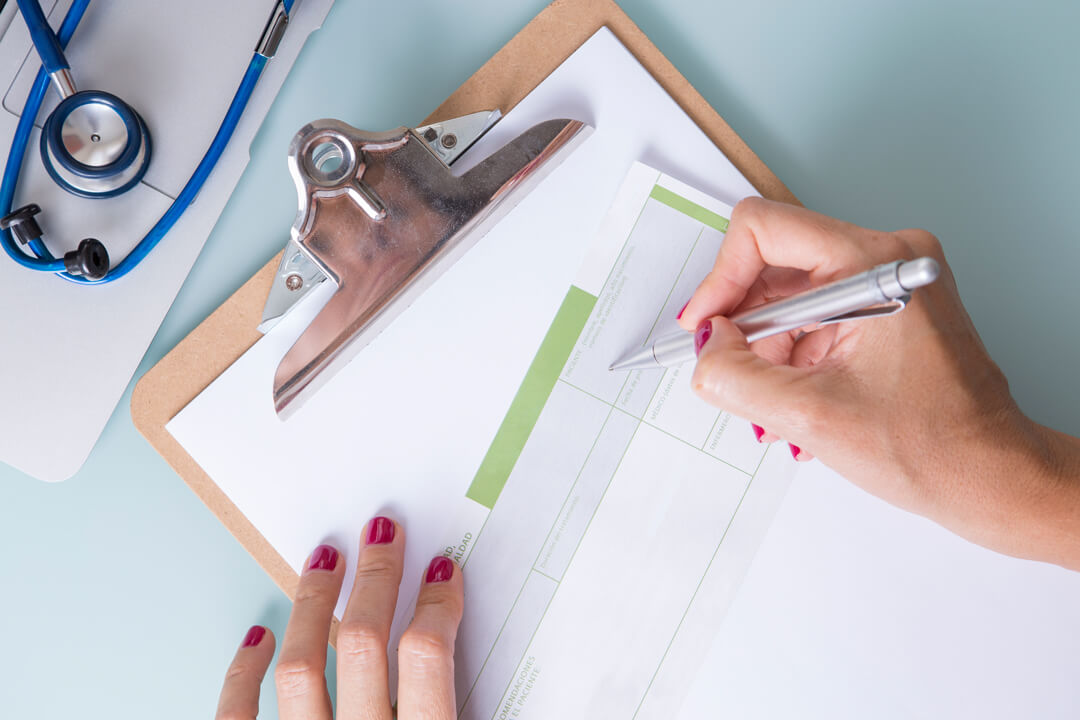Registering medical products in Brazil goes through ANVISA – the National Health Surveillance Agency – which is the agency responsible for approving the marketing of any product related to human health in Brazil.
The agency divides products into categories, such as health products, cosmetics, cleaning products, medicines, food, cannabis products and tobacco. The first step to start thinking about the process of registering medical products or notifying one is to know the risk classification of a product.
RDC 751/2022 describes the risk classification of products and, in general, there are 4 risk classes: 1, 2, 3 and 4. Risk classes 1 and 2 are considered low and medium risk classes, and are subject to notification. Risk classes 3 and 4 are classified as high and maximum risk, and are therefore subject to registration.
Low or medium risk products are also not subject to good manufacturing practice certification, according to current regulations. Therefore, there is no need to present a certificate of good manufacturing practices when submitting technical documents for notification purposes. On the other hand, for high or very high risk class products (classes 3 and 4), certification of good manufacturing practices is mandatory. In this case, ANVISA does not approve products in these classes if the manufacturing company has not been certified by the Agency for Good Practices.
Therefore, understand the AVNISA risk classification for Registering Medical Products
- Products in risk class 1 are materials that pose little risk to users, that are non-invasive (with some exceptions) or that are invasive but for temporary use (that remain in contact with the body for up to 60 minutes).
Examples of class I products: masks, bandages, ophthalmic microscopes and reusable surgical instruments. - Products in risk class 2 are short-term invasive materials (up to 30 days), as long as they are not connected to another device in a higher risk class or that emit ionizing radiation. Examples of risk class 2 products include peripheral catheters, suction tubes, and arterial catheters.
- Risk class 3 products include all implantable devices and surgically invasive devices intended for long-term use, provided that they do not come into contact with the central nervous system or central circulatory system and are not absorbed by the body.
Example: ophthalmic implants, dental implants. - Maximum risk class products (class 4) are active medical devices intended to control, monitor or directly influence the performance of active implantable devices, or that are intended to be used in direct contact with the heart, central circulatory system or central nervous system, that have a biological effect or are absorbed, in whole or in large part, that are intended to undergo a chemical transformation in the body, that are intended to administer medications, that are active implantable devices or their accessories, that are breast implants or surgical meshes, total or partial joint prostheses, intervertebral disc replacement implants or implantable devices that come into contact with the spine.
Examples: cardiac stents, heart valves, any device that has contact with the central nervous system, central catheters.
Need more information?
QR Group provides consulting services to foreign companies, assisting in the classification of products and also in the approval of products by ANVISA. We act as a Brazilian registration holder in Brazil and provide all the necessary assistance to place your product on the Brazilian market.
See also
How to regularize medical devices in Brazil with QR Group.
QR Group’s history at ANVISA.
